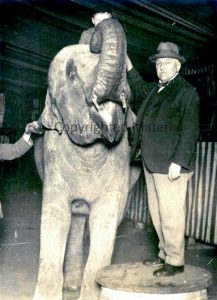
E H Bostock probably with Dixie the elephant around 1932
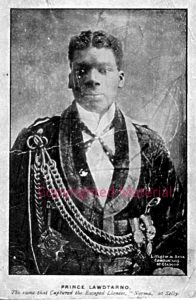
Prince LawdTanno (Spell) known to have been travelling with a menagerie and circus around 1905. Probably a lion tamer modelled on Montarno the African Lion King. Known to have travelled with Chipperfield’s French Menagerie during the early twentieth century.
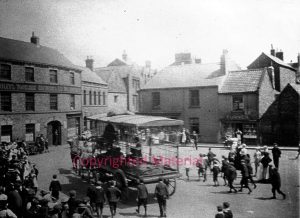
Waggon containig two lions and possibly a seated trainer or keeper, also at Selby circa 1930. Not a typical B&W waggon, so it is also probably a Sanger outfit.
The following photographs have been sent to us for dating and for any other information. I have added my comments underneath each photograph, but would welcome further information via the comments section at the bottom of the post or via email: shaun.everett1@gmail.com
Thank you for your interest in this project about the local history of Selby in Yorkshire. My thanks to Mr Chilvers for providing the original photographs.
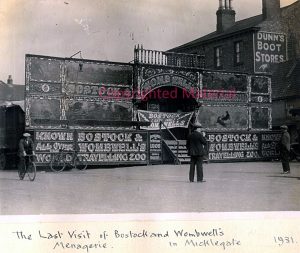
Rare view of B&W booth at Selby during 1931. This must have been one of the last times it visited the town or anywhere else, given it disbanded the following year. Shows the poor condition of the booth front.
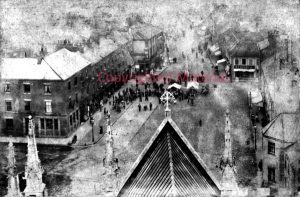
At Selby, showing a group of Dancing Bears on the left of the picture performing for the local population. Unknown group and date. Information would be welcome.
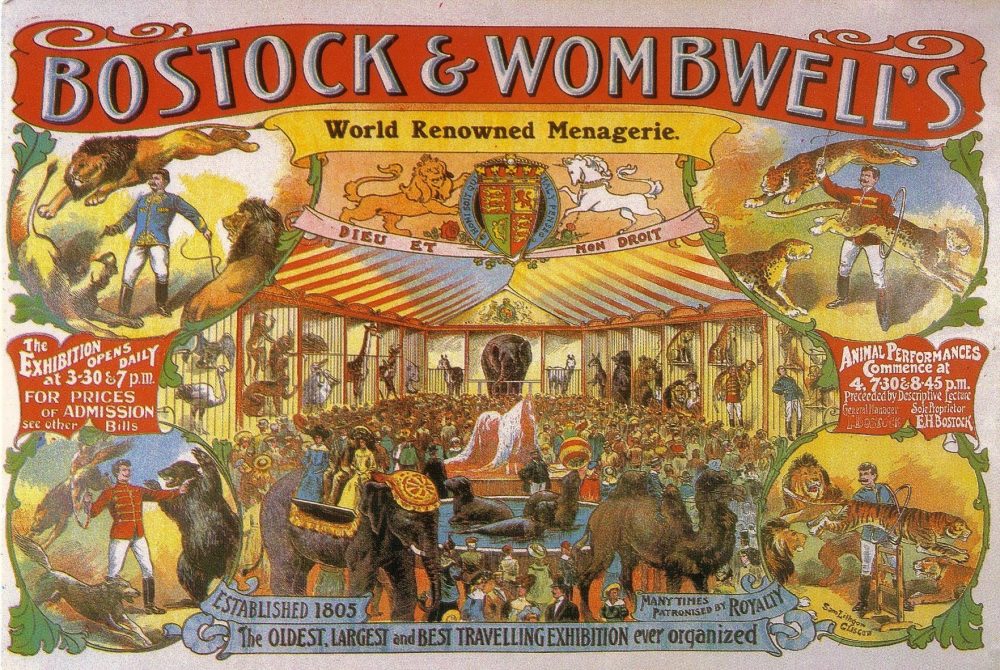
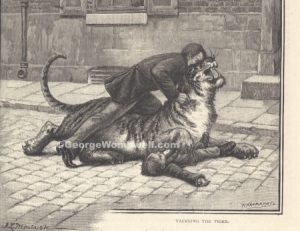 Charles Jamrach (1815 – 1891) was the leading dealer and his emporium was situated in what was then known as Ratcliff Highway in east London — at the time the largest such shop in the world. From the description the building can be placed on the 1868 Edward Weller map of London near to the Tobacco Dock somewhere along St George’s Road (to the right of North Quay).
Charles Jamrach (1815 – 1891) was the leading dealer and his emporium was situated in what was then known as Ratcliff Highway in east London — at the time the largest such shop in the world. From the description the building can be placed on the 1868 Edward Weller map of London near to the Tobacco Dock somewhere along St George’s Road (to the right of North Quay).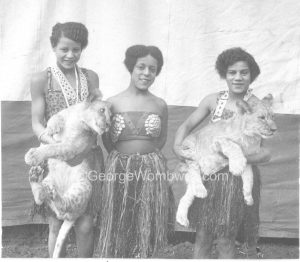
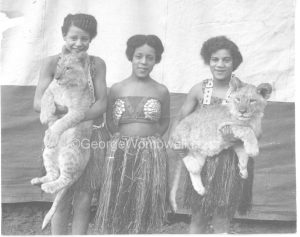
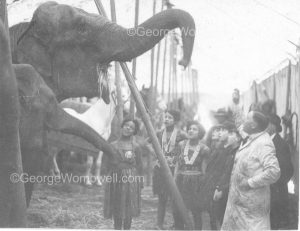 “Lord” George Sanger had died many years before, but his circus travelled till 1941 when it was broken up due to food rationing, a ban on performing animals(in case they escaped during an air raid!) as well as labour shortages.
“Lord” George Sanger had died many years before, but his circus travelled till 1941 when it was broken up due to food rationing, a ban on performing animals(in case they escaped during an air raid!) as well as labour shortages.